 EN
EN
 PT
PT
Quick Guide for Teachers – For All School Grades
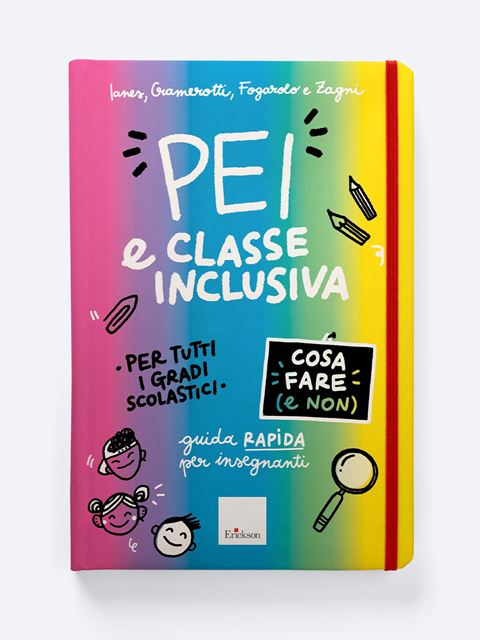
Product: Book
Trim size in cm: 14x21cm
Pages: 136
ISBN: 9788859039488
Publication date: 01/09/2024
REQUEST A SAMPLE OR MORE INFORMATION
 Rights sold to:
Brazil
Rights sold to:
Brazil
How can you build an effective and inclusive IEP for the whole class? In the style of a Teacher Training notebook, this book – suitable for all school grades – offers 15 operational strategies for building an inclusive IEP and class.
The structure of the volume:
The volume ends with a useful grid/checklist that allows for self-reflection and self-monitoring with respect to the implementation of these principles and actions that make the IEP a truly inclusive tool for the whole class.
Presentation
Introduction
Building a Global IEP
1. Observe from a bio-psycho-social perspective
2. Involve the family
3. Give a voice to the student
4. Educational co-responsibility
5. Expand the IEP to the Life Project
6. Connection with extra-curricular school and community
Building the point of contact between the IEP and the class
7. Inclusive learning contexts
8. Intervention in the four dimensions of the IEP
9. Intervention on the curriculum
10. Intertwining of the four dimensions and the curriculum
Building the Inclusive Class
11. Inclusive co-teaching
12. Taking care of well-being
13. Emotional sphere and prosociality
14. Cooperative learning
15. Active, open, universal teaching
Bibliography
Appendix
Self-Monitoring Checklist

Quick Guide for Teachers - For all school grades
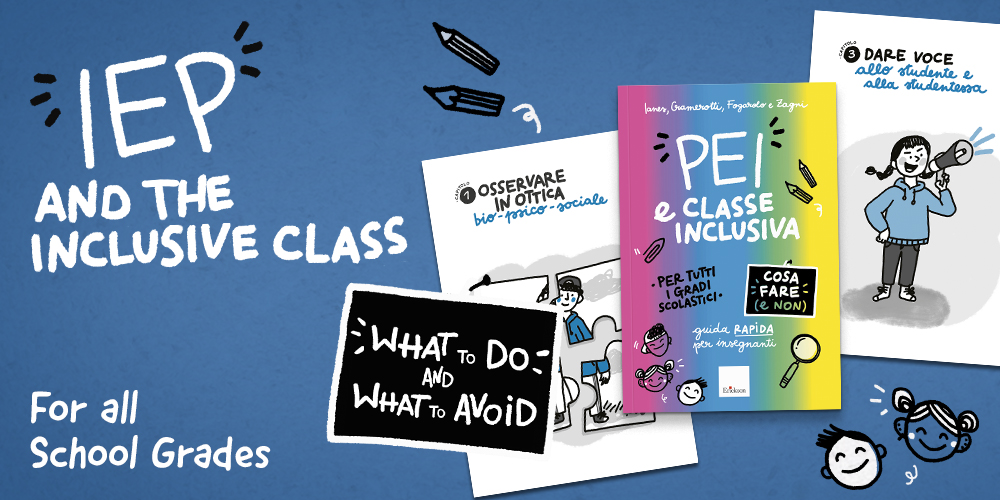
How to build an effective and inclusive IEP for the whole class?
In the style of a Teacher Training notebook, this book - suitable for all school levels - proposes 15 operational strategies for building an inclusive IEP and class.
BOOK STRUCTURE AND CONTENTS
The first part is divided into 3 sections in which the fundamental points of a truly inclusive IEP integrated with class activities are outlined.
Building a comprehensive IEP
Build the point of contact between the IEP and the class
Building the inclusive class
The second part reflects on the educational co-responsibility between all parties of the Operational Working Group (OWG), with particular attention to the involvement of the family and other relevant figures, as well as on ‘giving the pupil a voice’.
The third part outlines the characteristics of an inclusive, open and universal didactics, with forms of co-teaching between curricular and support teachers, and the activation of the class group resource, with forms of cooperative learning and peer tutoring.
The volume ends with a checklist that allows for self-reflection and self-monitoring of the principles and actions that make the IEP a truly inclusive tool for the whole class.
What to do and What to Avoid
In each chapter you will find:
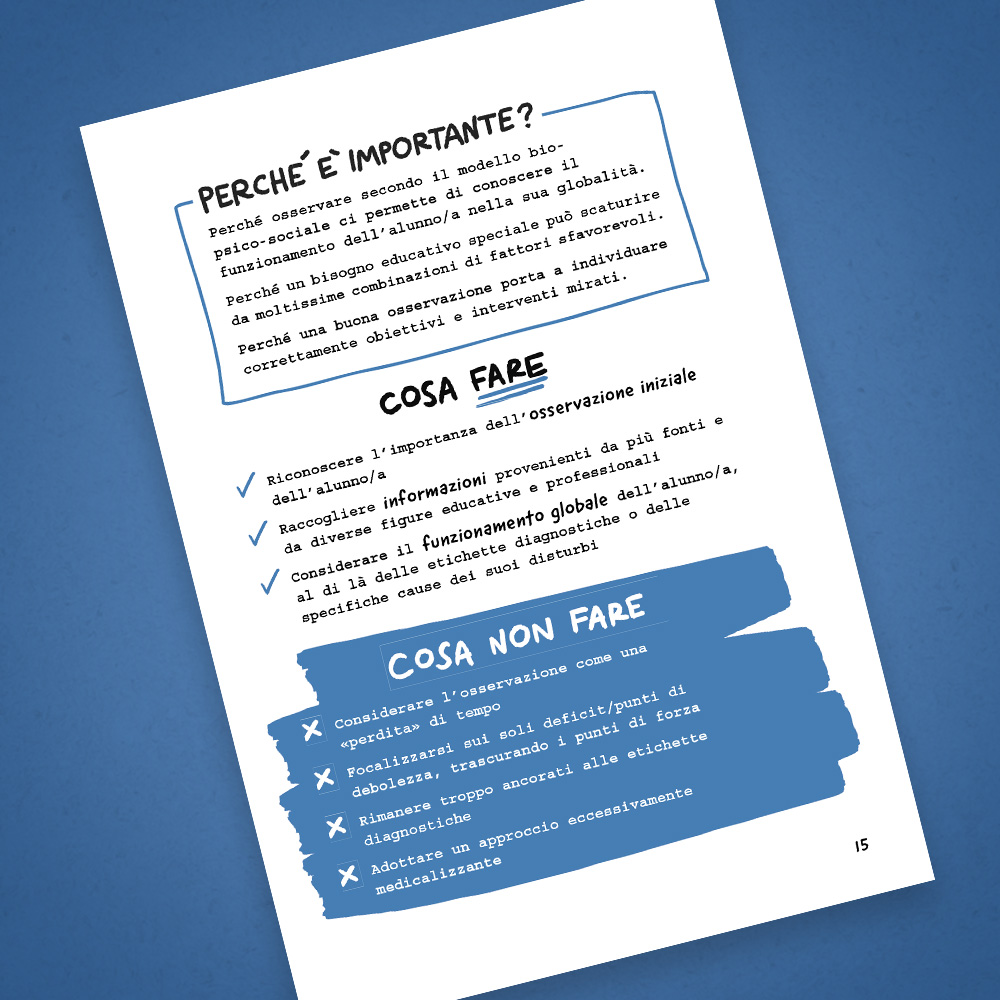
Explanation of why it is important to put a specific action into practice
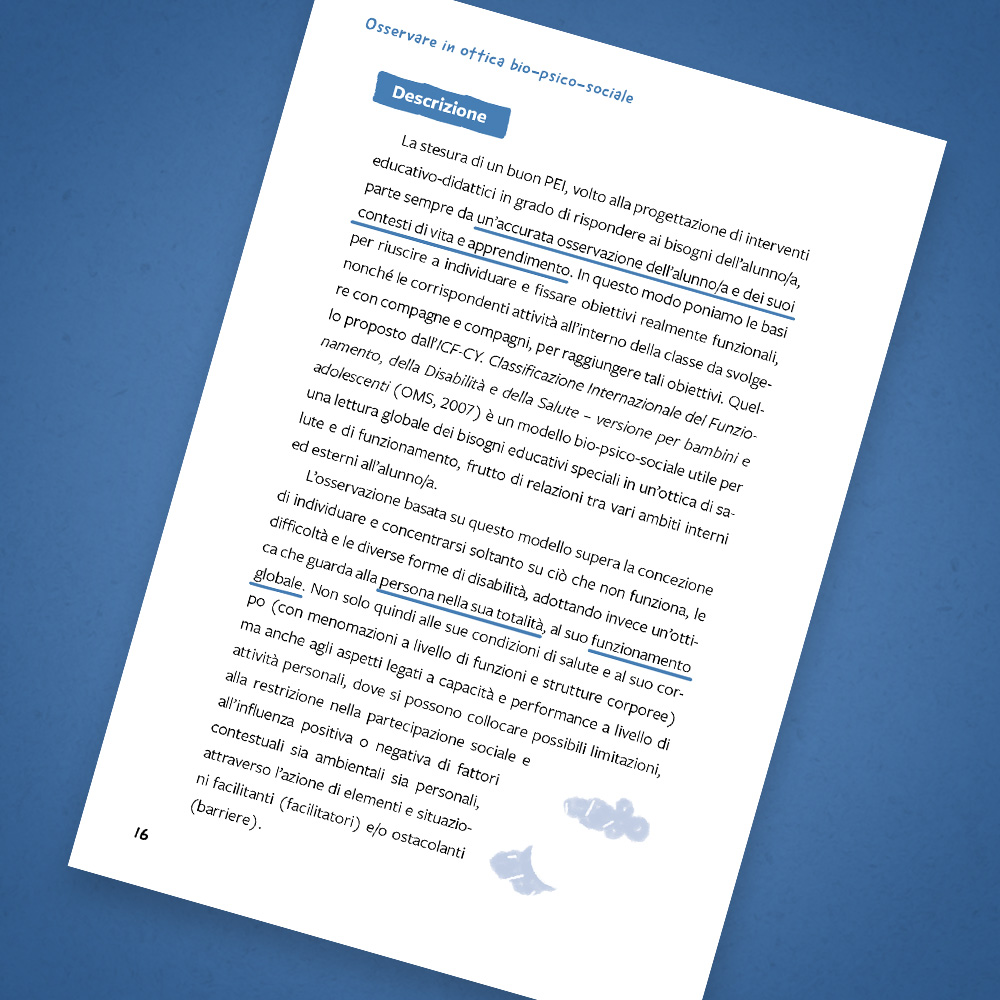
Description of the action
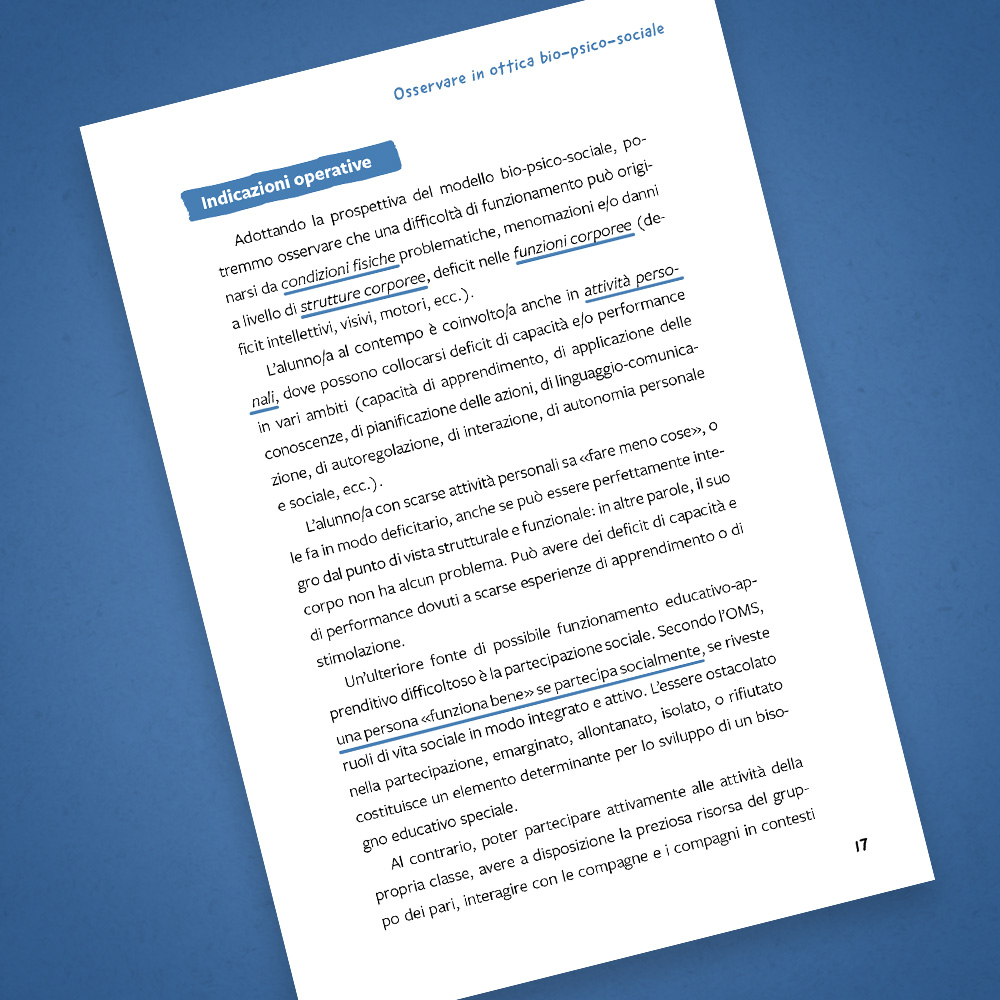
Operational indications
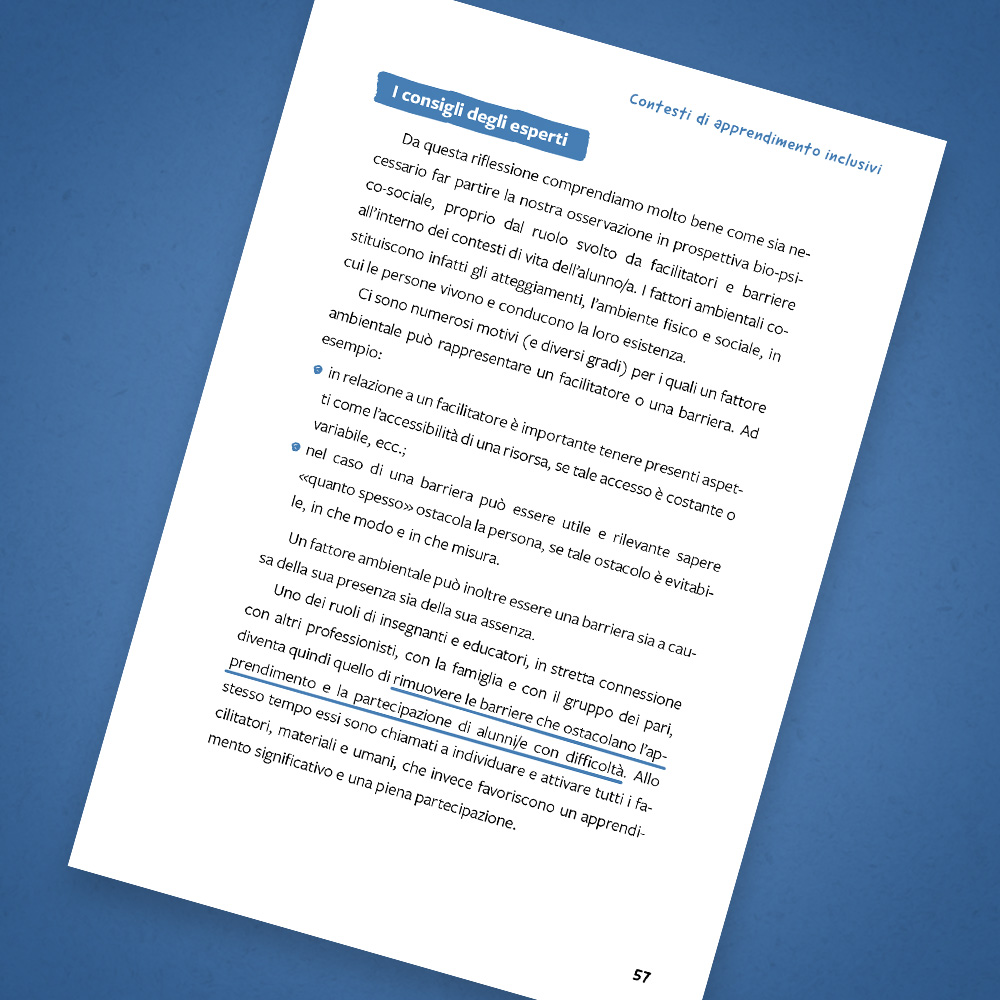
Expert advice
THE AUTHOR
Sofia Cramerotti. Educational psychologist and pedagogist. For the Erickson Study Center she is responsible for the «Research and Development – Psychoeducational and didactic section». Author of various articles and books, she deals with individualized educational programming and Teacher Education. She carries out training, university teaching and consultancy activities on psycho-pedagogical and educational-didactic issues.
Dario Ianes. Full-time professor of inclusive pedagogy at the Faculty of Educational Sciences of the Free University of Bolzano-Bozen and co-founder of the Erickson Study Center of Trento.
Flavio Fogarolo. Trainer, he deals with inclusive teaching. For several years he was the contact person for disability and SLD at the UST of Vicenza. He collaborates with Edizioni Centro Studi Erickson, and is the author of various publications on the design of educational games and compensatory materials.
Benedetta Zagni. Developmental and Educational Psychologist. Trainer and doctoral student in Psychological Sciences (DPSS – University of Padua) in collaboration with the Erickson Study Center. She deals with emotional well-being at school, cooperative learning, recognition and valorization of differences in the class.